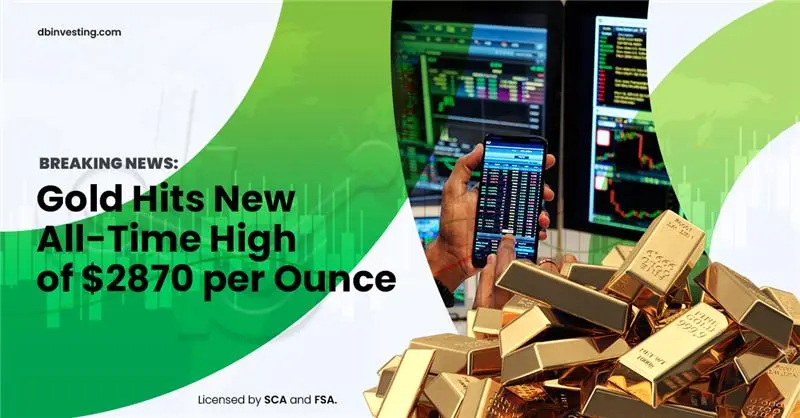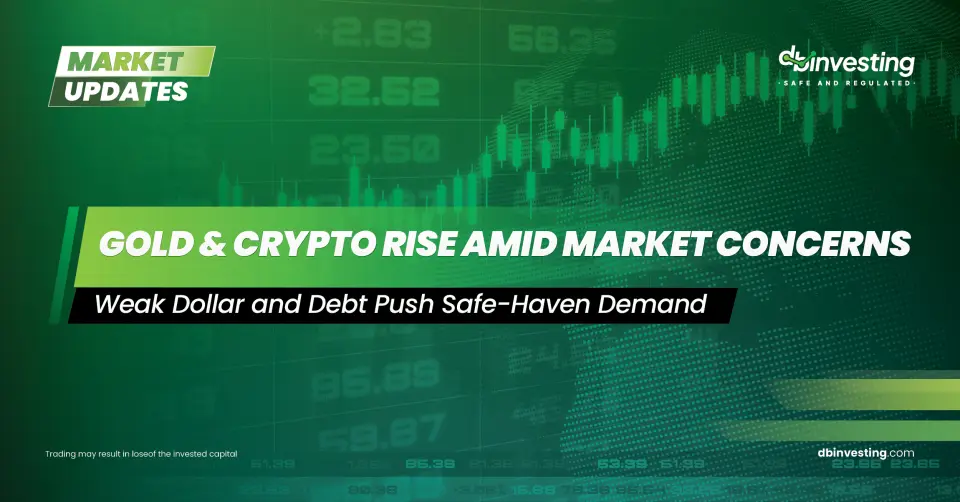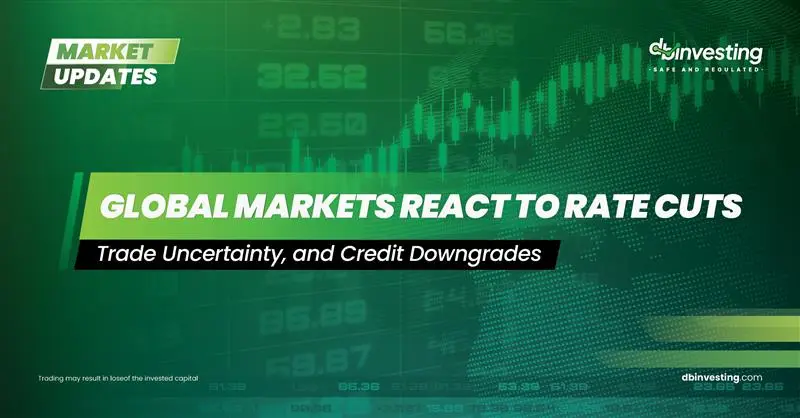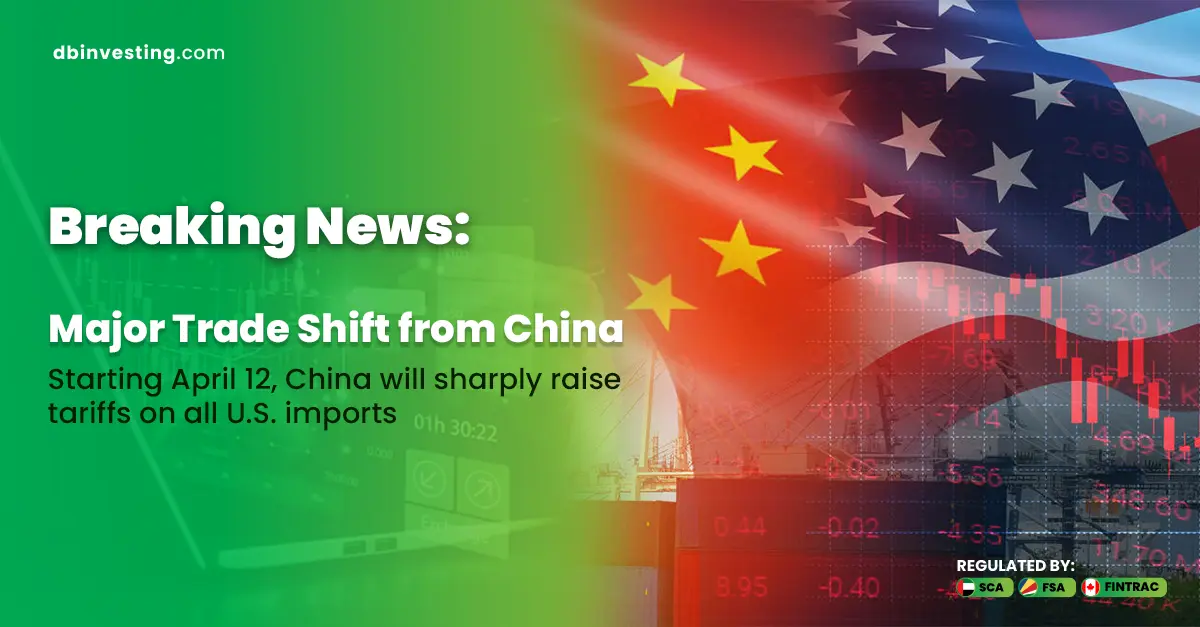Gold has shattered previous records, reaching a new all-time high of $2,870 per ounce. This historic surge has left traders and investors wondering: What’s driving the market, and what comes next?
Why Is Gold Rising?
Several factors have contributed to this price jump, including:
- Inflation & Economic Uncertainty – Investors turn to gold as a hedge when inflation rises and economic instability looms. With ongoing global tensions and fluctuating interest rates, demand has surged.
- Central Bank Buying – Many central banks, particularly in emerging markets, have been stockpiling gold to reduce reliance on the U.S. dollar, further tightening supply.
- Market Volatility & Rate Cuts Expectations – Speculation that the Federal Reserve and other central banks may cut interest rates has made gold more attractive as a store of value.
What’s Next for Gold Prices?
While gold’s rally is exciting, some analysts warn of potential risks:
- Profit-Taking Pressure – When prices hit record highs, traders may sell to lock in gains, causing short-term dips.
- Stronger Dollar Risks – If interest rates remain high, a stronger U.S. dollar could slow gold’s momentum.
- Shifts in Investment Trends – If economic stability returns, investors may move back to stocks or other assets, reducing demand for gold.
What Should Investors and Traders Do Next?
If you’re holding gold or considering investing, here are some key strategies:
- Diversify Your Portfolio – Gold is a great hedge but balance it with other assets to manage risk.
- Watch Economic Indicators – Keep an eye on inflation reports, Fed decisions, and global trade developments.
- Use Smart Trading Strategies – Leverage stop-losses and market trends to make informed decisions.
Conclusion
Gold’s historic rally to $2,870 per ounce signals a major shift in the global financial landscape. While inflation, central bank purchases, and economic uncertainty continue to fuel demand, investors must remain cautious of potential corrections and shifts in market sentiment.






